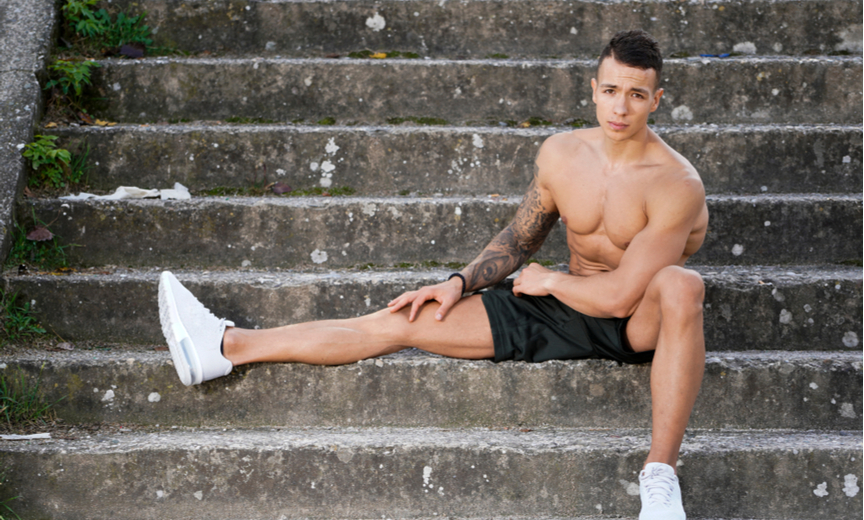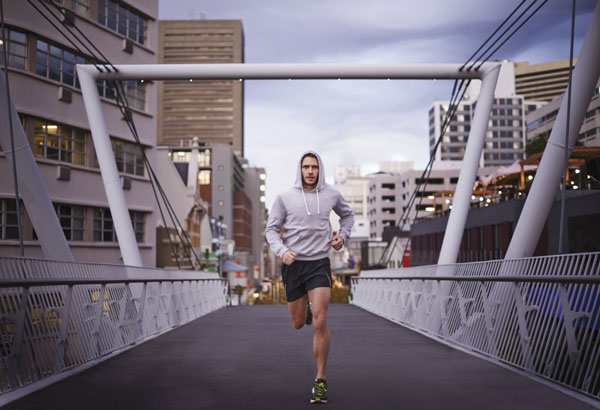If a Marathon is on your bucket list, it will take more than practice to get you across the 26-mile mark. We’ve assembled a few handy training tips to get you ready to hit your stride with confidence.
Shoes Wisely: You’ll need sneakers that offer support but are also lightweight and comfortable enough to go the distance. Protect your feet by using Friction Block on areas where you tend to develop blisters.
Take Time: Give yourself plenty of time to fully prepare. Even advanced runners should start building up 15 weeks before the big day. Less experienced runners should allow as many as 30 weeks.
Know Where: Do you want to go epic? The world’s largest marathons are NYC (50,000 finishers), Chicago (40,500 finishers), and Paris (38,500 finishers). Looking for something more intimate? The Avenueof the Giants in Eureka, CA (500 finishers) winds through redwood forests, while in Jackson Hole (300 finishers), they traces Wyoming’s Grand Teton peaks.
Carb Up: Carbs are crucial to supporting yourself through an intensive running program. Some runners opt for gel carbs, energy rinks or other supplements but you can always go old fashioned: When else is eating a big bowl of pasta the healthy choice?
Distance Yourself: Work your way up to longer runs during the week. One strategy is to go on shorter runs (before or after work) three ays a week — increasing your distance to build endurance with each day; then schedule longer runs on Saturday and Sunday.
Speed Tracer: Play with increasing your speed for a distance and then slowing down for about 5-10 minutes. This will boost your ardiovascular stamina and give you strength to go far. Don’t be afraid of walking parts of your course, especially when starting out.
Break Up: Take scheduled days of the week off to make sure your body spends time in recovery. Want to stay busy during your down time? oga, weight conditioning, or even such varieties as cardio, cycling and swimming can keep you active in a different way.
Think Drink: Be sure to get some water in before your run and replenish along the way. Some runners keep hydration belts; some lan routes along water fountains; others hide water bottles along their course. Be smart — dehydration can really cramp your style.

Read Next | LGBT Friendly Gyms and Fitness Classes in NYC
Last modified: September 19, 2019












